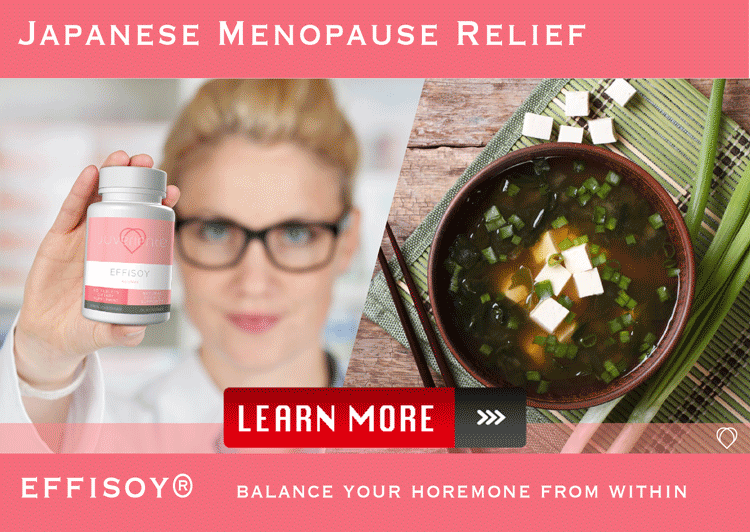Benefit of Miso; Fermented Soy As a Secret of Healthy Japanese People

Anti-aging effect of Miso: the skin beautifying effect and bone strengthening
Miso is a typical Japanese fermented food made by fermenting soybeans. (Primarily famous as Miso soup internationally.) The fermentation with Koji (a fungus having various resolution enzymes) adds far more nutritional value and flavor to soybeans. Recently, they have revealed various health benefits of Miso; it has positive effects on health, beauty, and anti-aging, such as beautifying the skin and strengthening bones.
Nutrients of soybeans
Miso has supported the Japanese diet for 1,300 years. Japanese people have been saying that “miso keeps the doctor away” traditionally. The fermentation process produces abundant nutrients of Miso.
Even before the fermentation, soybeans contain high-quality vegetable protein, linoleic acid, which lowers cholesterol, and isoflavones. The human body absorbs such nutrients through digestion. But digestion capacity is limited depending on the person. The fermentation process will decompose such nutrients externally instead of digesting them and make them easy to absorb.
Nutrients that the fermentation adds to soybeans, as a Japanese fermented food
Furthermore, the fermentation will generate more nutrients, like a large amount of free essential amino acids and vitamins. These are not found in soybeans or are only present in small amounts. But the fermentation produces them in large quantities and brings about umami and sweetness.” Says Professor Yutaka Kashiwagi of the Department of Brewing Science, Faculty of Applied Biological Sciences.
Recently, we have elucidated some health benefits of Miso. They are like the prevention of lifestyle-related diseases, cancer, and osteoporosis. Professor Noritoshi Maeda of the Department of Applied Biology at the Tokyo University of Technology said, “The free linoleic acid produced during the fermentation process from the lipids of soybeans will have the effect of suppressing the production of melanin. Recent research has shown that two bowls of miso soup will provide such an effect. I also learned that drinking Miso soup reduces the spots on my cheeks.”
In addition, melanoidin has an antioxidant effect and is expected to have an anti-aging effect. It is a brown substance produced by the reaction of amino acids and sugars during the fermentation and maturation process.
Miso contains various nutritional components as a Japanese fermented food
Miso contains eight essential amino acids for the human body, vitamins such as B and E vitamins, minerals such as potassium and calcium, fatty acids, dietary fiber, and polyphenols such as soy isoflavones. This Japanese fermented food is reported to be beneficial for metabolic syndrome and breast cancer prevention.
Metabolic syndrome prevention
Soybeans contain ingredients that lower bad cholesterol, such as linoleic acid, soybean lecithin, and saponin. An animal study reports that intake of one cup of Miso soup everyday through 6 months in conversion as a human suppressed the accumulation of triglycerides.
Breast cancer prevention
There is a research report that people who drink a lot of miso soup every day are less likely to get breast cancer. A study of 21,852 women aged 40 to 59 found breast cancer onset rates were lower by 26% in those with two drinks per day and 40% lower in those with three or more drinks per day compared to women with one per day or less.
Take the health essence of Miso through a natural supplement!
Fermented foods are often hard to eat for people of other dietary cultures. But you can take the essence easily through the supplement. Effisoy is the only supplement brand to bring you fermented soy extract outside Japan.



